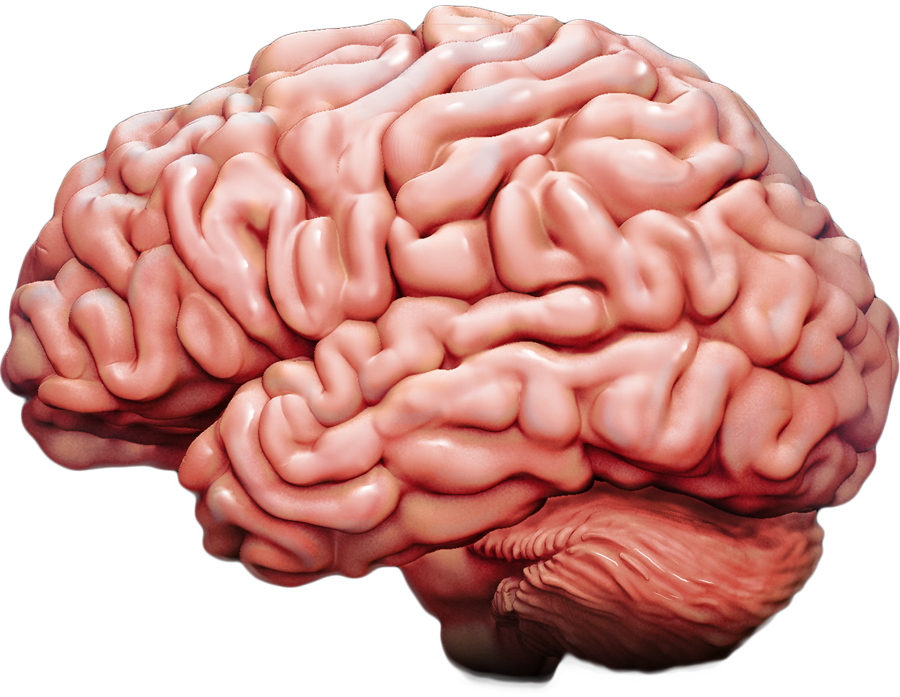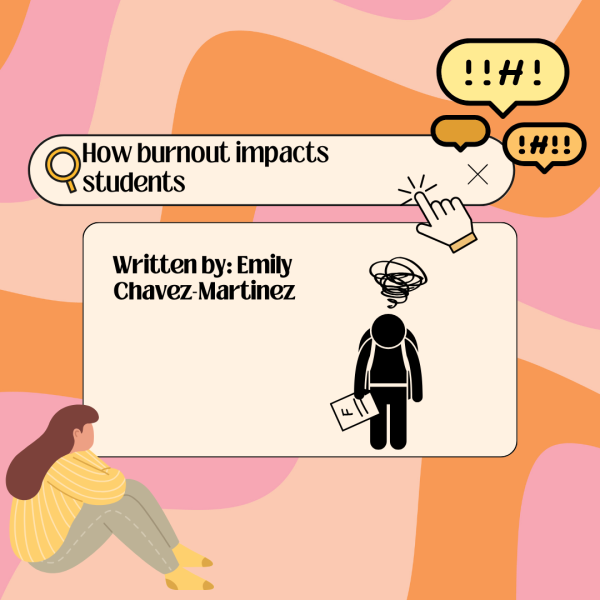8 Interesting Brain Facts!
1. Face Blindness
The proper term for this is Prosopagnosia. This disorder is the inability to recognize faces due to an inactive or injured fusiform gyrus (which is located near the occipital and temporal lobes). People with face blindness won’t recognize people’s faces and have difficulty remembering what friends and loved one’s faces might look like. They may even have difficulty recognizing themselves in the mirror.
2. Synesthesia
Synesthesia is when two or more of your five senses (seeing, taste, hearing, smell, touch) are combined. Some examples of this are tasting colors or hearing scents. It is believed that Synesthesia is caused when the parts of your brain that are in charge of sensory input have increased communication or overlap.
3. Jellyfish Don’t Have a Brain
Jellyfish are the only animal (that we know of) that have no brain OR heart. Instead, they have a large nerve net where nerves interact with each other to help the jellyfish swim. Then they also have a smaller net of nerves that are in charge of the functions other than swimming (such as eating). Without a brain they move in the sea using the reflex arc. The reflex arch is the “knee jerk” reaction we get when we flinch at something or immediately pull our hand away from a hot stove. It’s an automatic reflex that doesn’t involve the brain which is useful to them.
4. Brains Plasticity and Phantom Pains
The brain’s plasticity is the brain’s ability to change over time. It changes as it takes in new information such as reading this article or remembering the name of your favorite song. The brain can change in response to internal and external stimuli although it can take some time. Phantom pains are when someone loses a limb, but they still have pain where the missing limb should be, they still feel it. This happens because the part of the brain that was in charge of controlling that limb’s movement is no longer in use; but the brain doesn’t know this yet. So the messages still get sent to where the missing limb was which can cause a burning sensation. Eventually though the brain adapts and learns to not send messages to that part of the body anymore,
5. Conscious During Brain Surgery
A craniotomy is a form of brain surgery that involves removing the top part of the skull to perform surgery on the brain. In most cases you are awake for the procedure. This is to ensure that the surgeon isn’t accidentally damaging your brain. If you are awake, it’s easier to tell whether or not they are damaging a part of your brain than is in charge of language comprehension, motor movements, etc.
6. No Pain In The Brain
The brain is the only part of the body that has no pain receptors. The pain people feel during migraines is due to inflammation of the meninges. The meninges surround the brain and spinal cord and protect them from injury (it also keeps the brain from bouncing around inside your skull).
7. Movement and Brain Hemispheres
The left and the right brain hemispheres control opposite sides of the body. The left controls the right and the right controls the left. The 2 halves communicate with each other through the corpus colosseum which joins the two halves together.
8. You Have Eyes On The Back Of Your Head!
The occipital lobes –which contains the visual cortex- of the brain are located behind your ears in the back of your head. You see things through your retinas. The retinas use rods to prosses light and motion and cones to prosses color and detail. The visual message then travels to the optic nerve which takes it into the brain. Then the messages go through the optic radiations, which are nerves that help to transport the visual information to the back of the brain where the occipital lobe is.
Your donation will support the student journalists of Dakota High School. Your contribution will allow us to purchase equipment and cover our annual website hosting costs.

Isabella Aluia is currently a Dakota Highschool senior. They enjoy spending their free time doing anything that involves creativity (drawing, occasionally...














